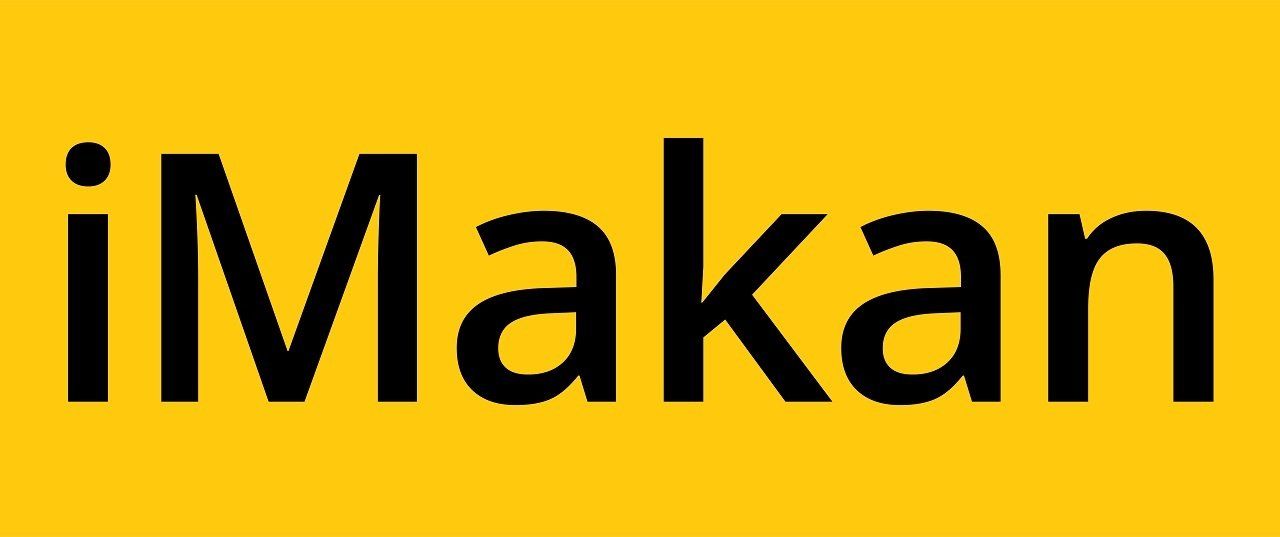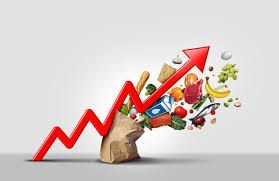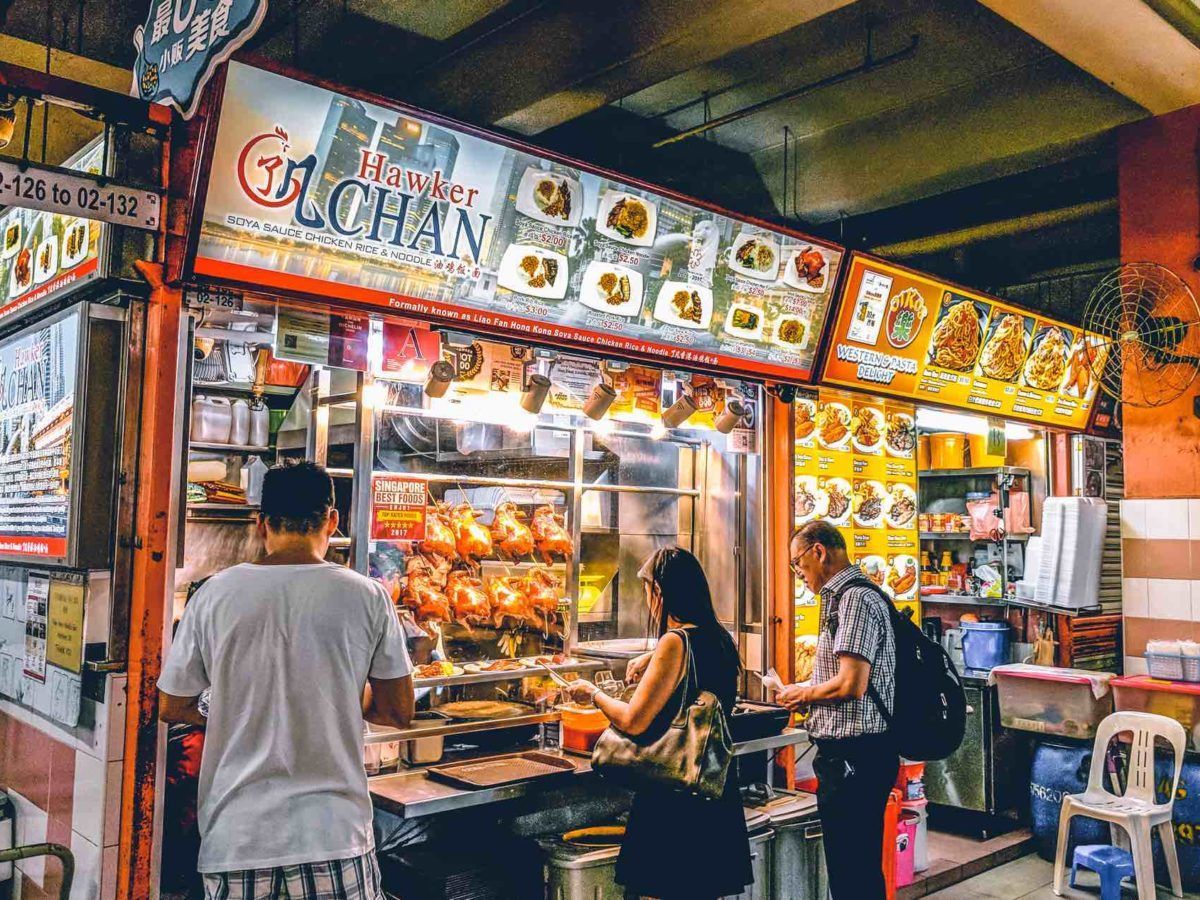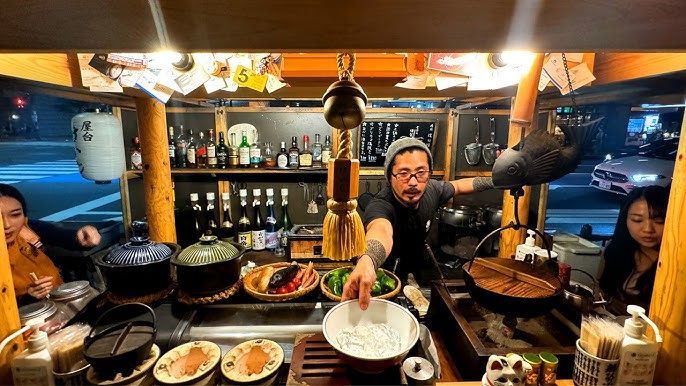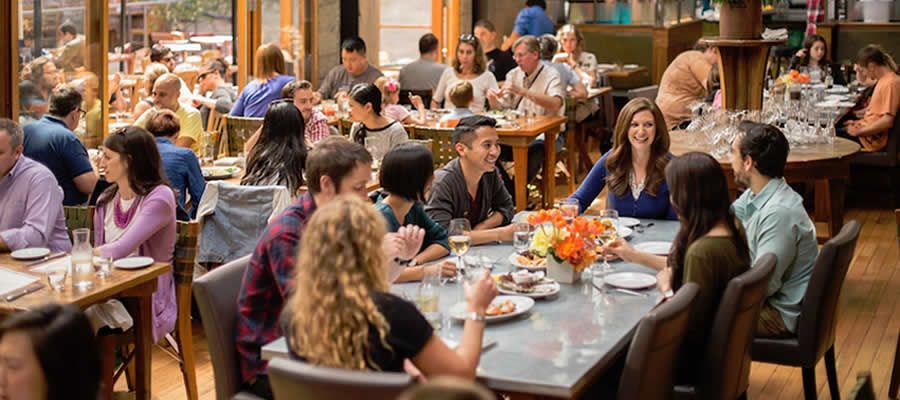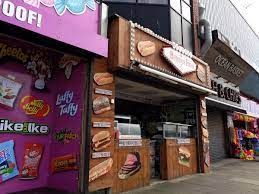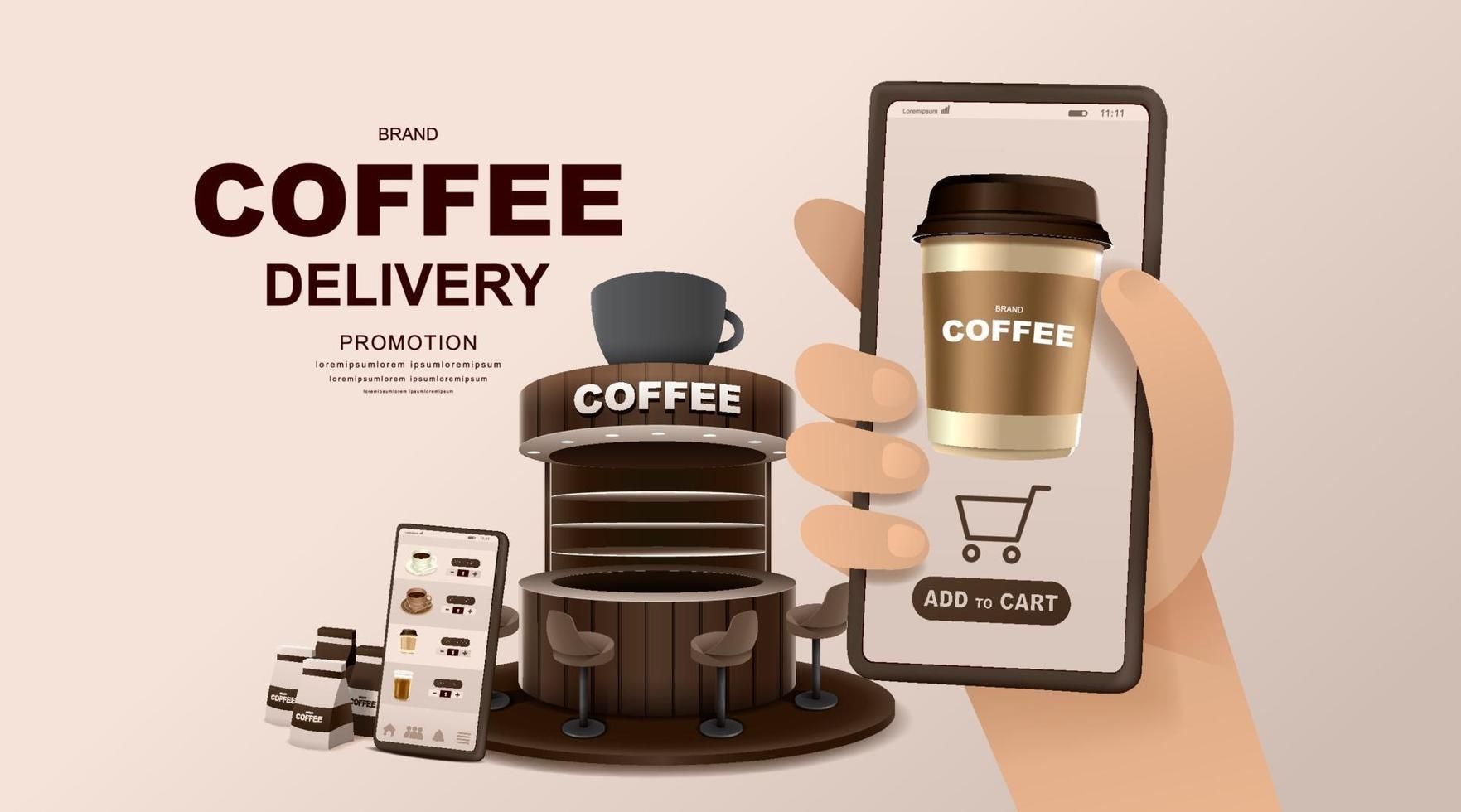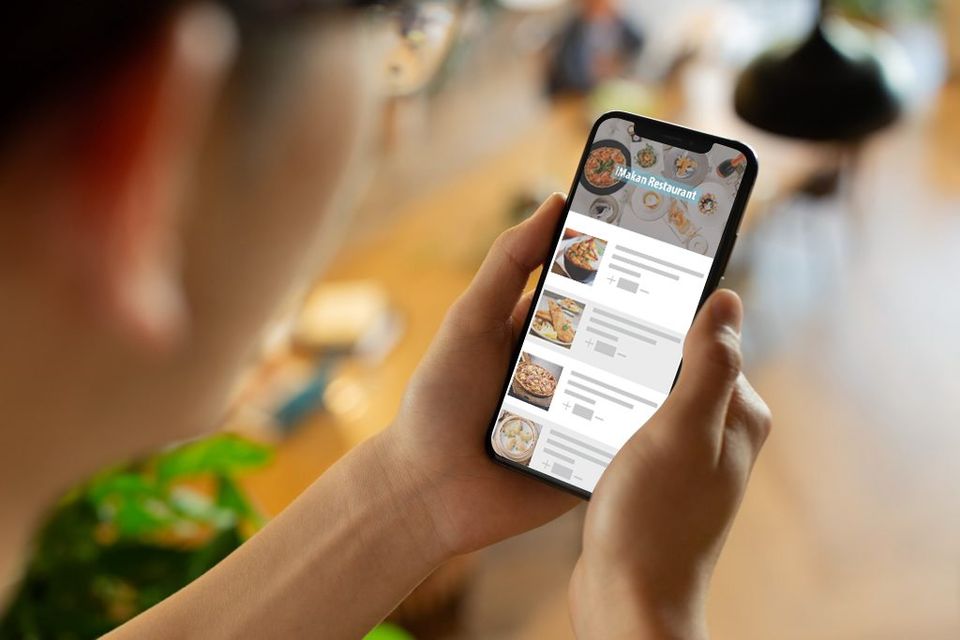
QR ordering is rising in popularity among dine-in restaurants and some takeaway food and beverage kiosks as well. In previous posts, we have been sharing about the effectiveness of QR ordering in increasing the productivity of an F&B business. Today, let’s take a look at some ways which QR ordering is able to give your revenue a boost too!
Appetizing images to educate your customers on your menu
When browsing through a physical menu at an F&B outlet with limited pictures of its dishes, customers tend to fall back on the dishes they have already known and tried, missing out on new food. Especially with the pressure of order taking staff waiting to take their orders.
By using QR ordering, your customers can browse and understand your menu with the help of pictures and descriptions attached to each dish, helping them discover new dishes that they may want to order.
Set upsell suggestions
Traditional upselling is unreliable. Not that your service crews are unreliable, but there are times when they are too busy with the tasks in hand and just do not have the time to upsell. Another downside to traditional upselling through your staff is that customers may feel like they are constantly being pressured to buy more, which may make them react negatively.
On the other hand, using a QR ordering system ensures that upselling is done at every opportunity by presetting add on suggestions. Digital upselling is a more subtle approach as compared to traditional upselling through your waiters and waitresses. This way, your customers are more likely to react positively and purchase the add on that was suggested.
Instant menu updating
The importance of being able to upload your menu in real-time is often overlooked as F&B owners have been used to redesigning menus and waiting for printouts to be ready for a long time.
However, by being able to update your menu digitally in real-time, you save on menu reprinting cost and time. You can roll out new dishes and promotions on a timely basis without having to wait for menus and promotion posters to be printed. Editing your menu such as changing price also can be done swiftly through the backend portal. These minimise the chance of missing out on the opportune time to launch your new dish or promotion and help make sure your pricing strategies are carried out in a timely manner.
Pop up promotions
QR ordering’s flexibility allows you to bring your promotions to your customers instead of your customers looking up at a promotion notice or billboard for the latest updates. By setting promotion popups before your customers start ordering or send an order, your customers will never miss out on promotions which you have spent hours brainstorming on.
Also, by bringing these promotions to your customers’ smartphones, it is perceived with a more personal touch, which encourages your customers to react positively to it.
Membership rewards programme
A huge part of boosting your F&B business’s revenue is making sure that your customers come back. Offering attractive prices and delicious meals is just one of the many ways you could achieve that. You should take it a step further and build a customer loyalty programme that keeps your customers coming back to you.
A QR ordering system can do just that. Simply provide the option for your customers to key in their mobile phone number and name to sign up for a membership just before they send in their orders. From there, you can pre-set reward points or personalized promotions which will prompt when your customers are eligible.
Go beyond inhouse ordering
Consumers nowadays often discover new F&B outlets through google search or social media. Hence, getting your restaurant online to meet your customers where they are shopping is crucial for customer acquisition.
A capable QR ordering system is not just limited to ordering within your restaurant. Instead, it can integrate your digital menu into your website or social media platforms to allow your potential customers to browse your menu or pre order from your F&B outlet for delivery or self collection. This allows you to take an omnichannel approach on customer acquisition to boost your revenue.
Getting a QR ordering system
Like what you have just read and want to find out more about QR ordering? Drop us your contact information below and we will be happy to arrange a free demo session on
iMakan’s QR ordering system!
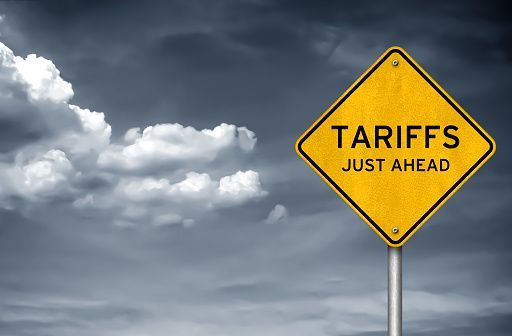

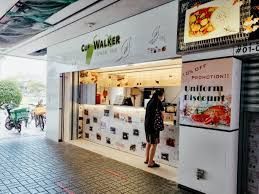

Get in touch today!
Our Singapore solution consultant will get in touch with you shortly!
Sign up to our newsletter
We will get back to you as soon as possible
Oops, there was an error sending your message.
Please refresh your browser and try again!
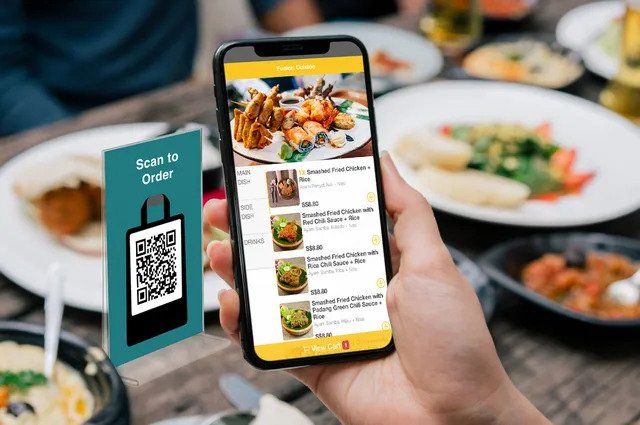
The entirety of this site is protected by copyright © iMakan 2024
Megasafe Technology Pte. Ltd.
